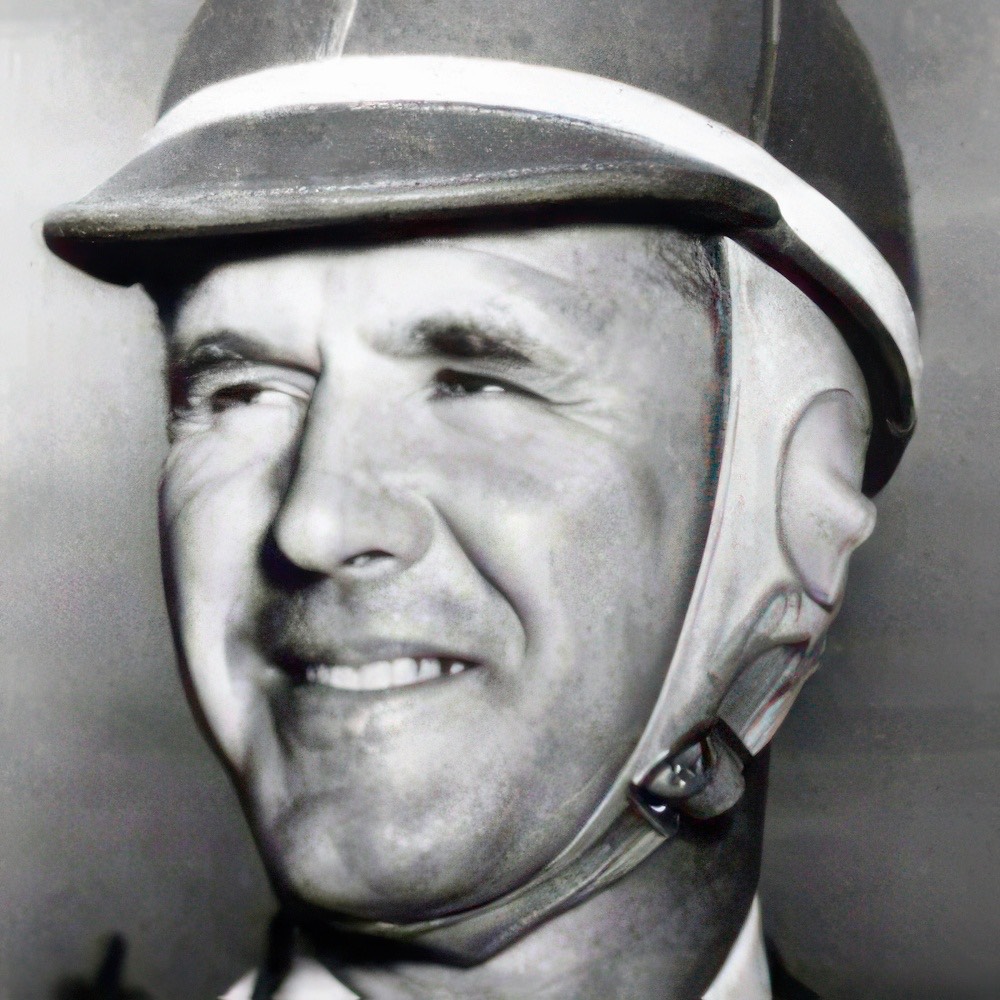
Duane Carter
Career Statistics
Biography
Duane Claude Carter (5 May 1913 - 7 March 1993) was an American racing driver who competed primarily in the AAA and USAC Championship Car series from 1948 to 1963, participating in 47 championship races including 11 Indianapolis 500 entries, eight of which counted toward the Formula One World Championship during the era when the Indianapolis 500 was included as a round of the World Championship despite being run to different technical regulations. Born in Fresno, California, Carter grew up during the golden age of American oval racing and developed his skills in the dirt track racing that was popular across the western United States during the 1930s. He began racing midget cars at the 1/5 mile dirt track on the west side of Fresno while attending Fresno State University, combining his education with his growing passion for motorsport and quickly establishing himself as a talented competitor in the rough-and-tumble world of midget racing.
In 1937, Carter was one of six American drivers invited to travel to Western Springs Stadium in Auckland, New Zealand, where he won the first-ever midget car race held at that circuit, an international adventure that demonstrated his status as one of the rising stars of American midget racing. Throughout the late 1930s and early 1940s, Carter built an impressive resume in various forms of American racing, winning the 1940 championship at Detroit's VFW Motor Speedway and capturing the 1942 title at Sportsman Park in Cleveland, establishing himself as a versatile and successful competitor across different types of circuits. As a driver, Carter became particularly renowned as a specialist on half-mile banked tracks, a specific discipline that required unique skills in car setup and driving technique, and he demonstrated his mastery of these challenging ovals by winning the 1950 American Automobile Association Midwest Sprint Car Championship and finishing second in 1951, cementing his reputation as one of the country's premier sprint car competitors.
Carter made his first appearance at the Indianapolis 500 in 1948, beginning an on-and-off relationship with America's most famous race that would span 16 years and define his legacy in motorsport. Between 1948 and 1963, he started 11 Indianapolis 500 races, competing during an era when the 500 counted toward the Formula One World Championship from 1950 to 1960, meaning that eight of his Indianapolis starts were technically Formula One World Championship races, though he never competed in a true Formula One Grand Prix on a road course. At Indianapolis, Carter achieved several notable results, with his best finish coming in 1950 when he finished third, narrowly missing victory in America's greatest race and earning significant championship points, though this was before the race counted toward the F1 World Championship.
In the Championship Car series overall, Carter competed in 47 races and finished in the top ten 23 times, with his best result being second place at Phoenix in 1953, demonstrating consistent competitiveness across his long career. In 1956, Carter retired from active competition to accept the position of Competition Director for USAC (United States Auto Club), taking on an important administrative role in American motorsport at a time when the sport was evolving and professionalizing. As Competition Director, Carter pushed for numerous advancements in safety, using his experience as a driver to advocate for improvements that would protect competitors, and he also oversaw USAC's landmark road-racing series, the first of its kind in American oval-dominated motorsport to offer significant prize money for road course competition, helping to broaden the scope of American racing.
During his tenure, Carter also supervised the controversial Monza 500-mile races held in Italy in 1957 and 1958, international events that brought American oval racing to Europe but ultimately proved unsuccessful and dangerous. After Henry Banks took over his position, Carter returned to competition in 1959, making several more Indianapolis 500 appearances before finally retiring for good in 1963 at the age of 50, marking the end of a racing career that had spanned more than 25 years. Carter's son, Pancho Carter, followed in his father's footsteps and enjoyed success in Indy car racing during the 1970s and 1980s, continuing the family's racing legacy, while Carter also helped raise Johnny Parsons, another successful Indy car driver whose father had been a racing colleague of Duane's.
In recognition of his contributions to American motorsport, Carter was inducted into the Fresno County Athletic Hall of Fame in 1967, the National Midget Auto Racing Hall of Fame in 1989, and the National Sprint Car Hall of Fame in 1991, cementing his legacy as one of the pioneers of American oval racing. Carter died on 7 March 1993 in Indianapolis, Indiana, at the age of 79, passing away in the city that had been home to his greatest triumphs and disappointments at the famous Brickyard, leaving behind a legacy as a skilled, versatile, and respected competitor who had helped shape American motorsport during its formative decades.